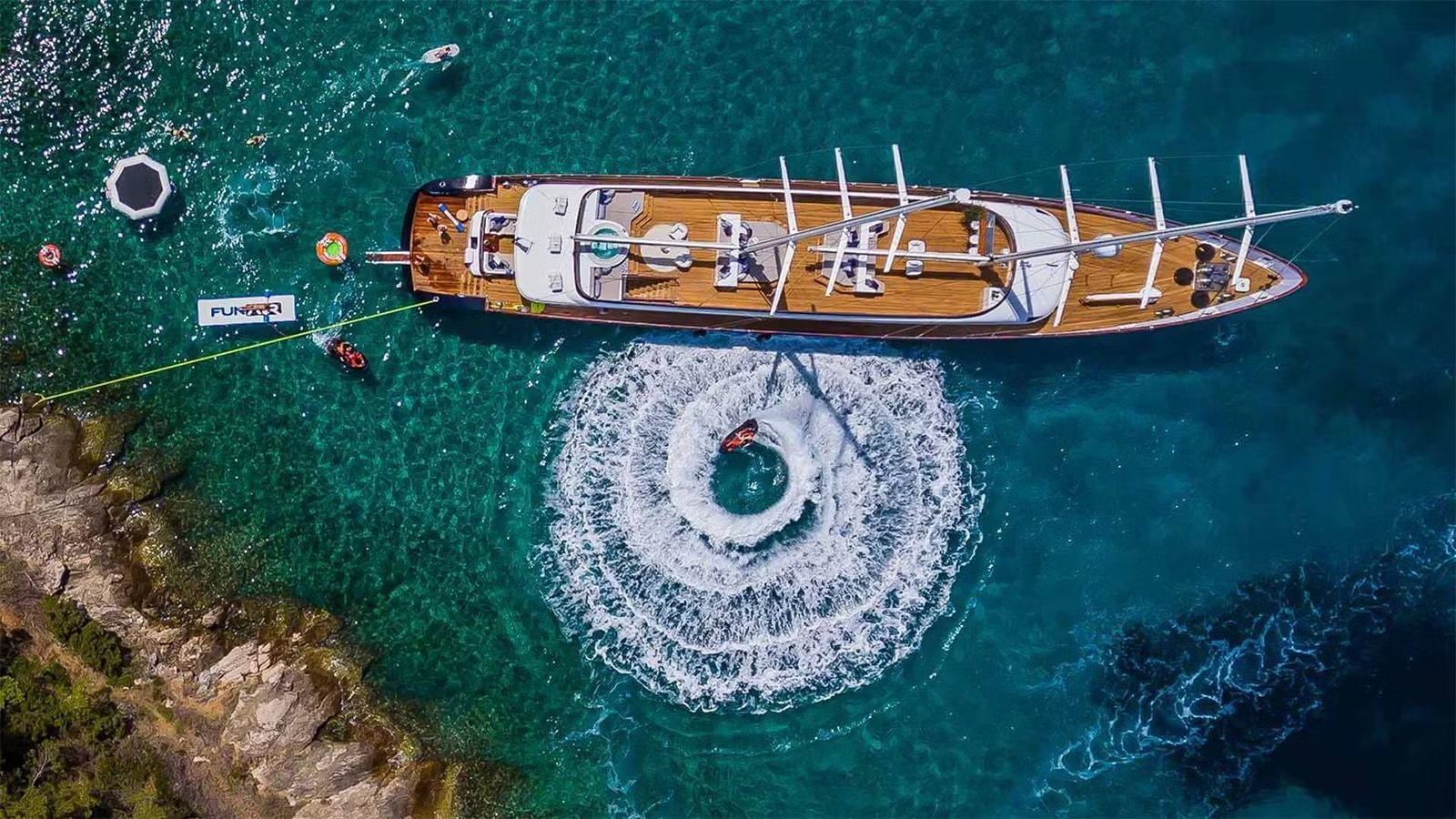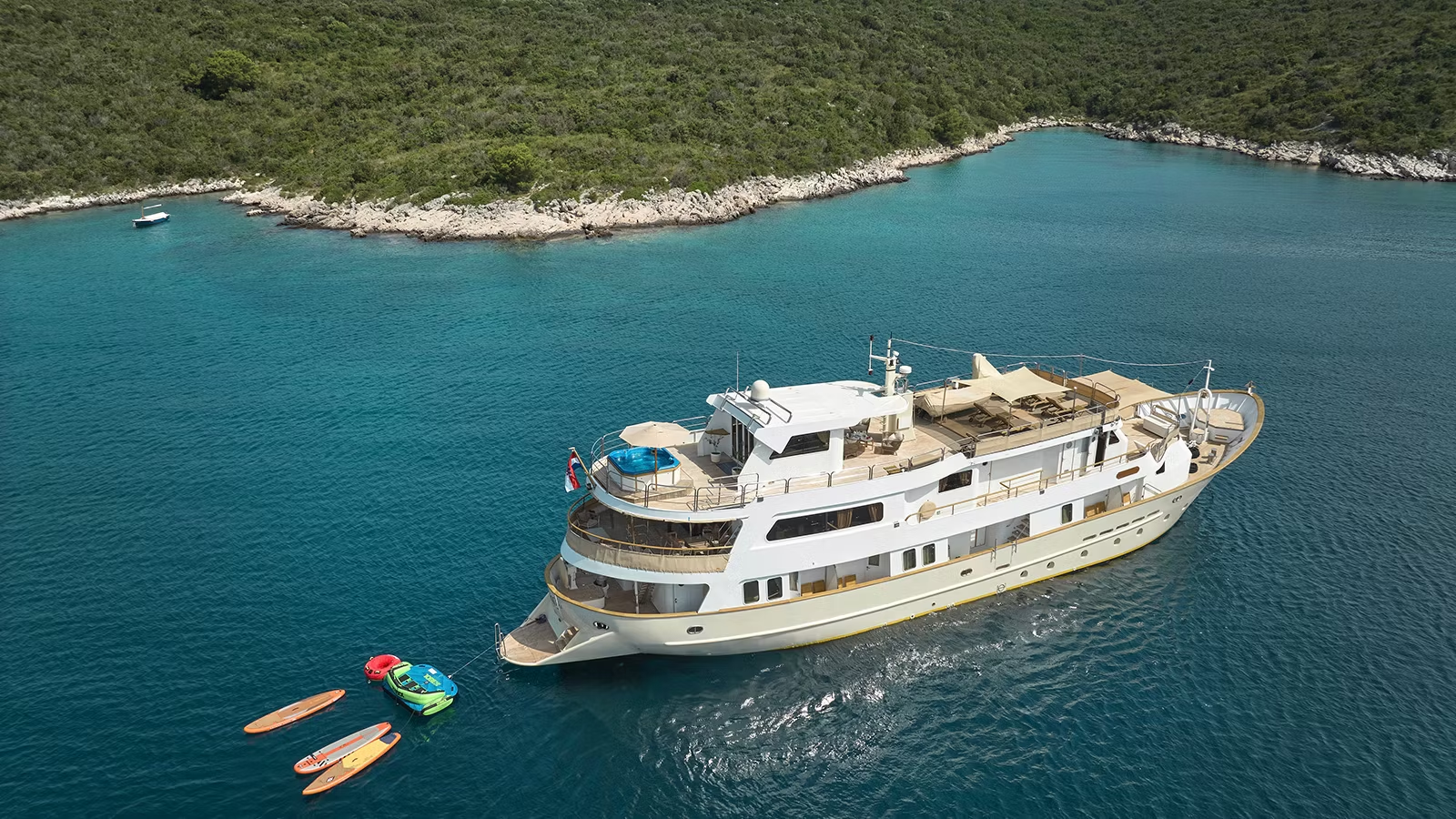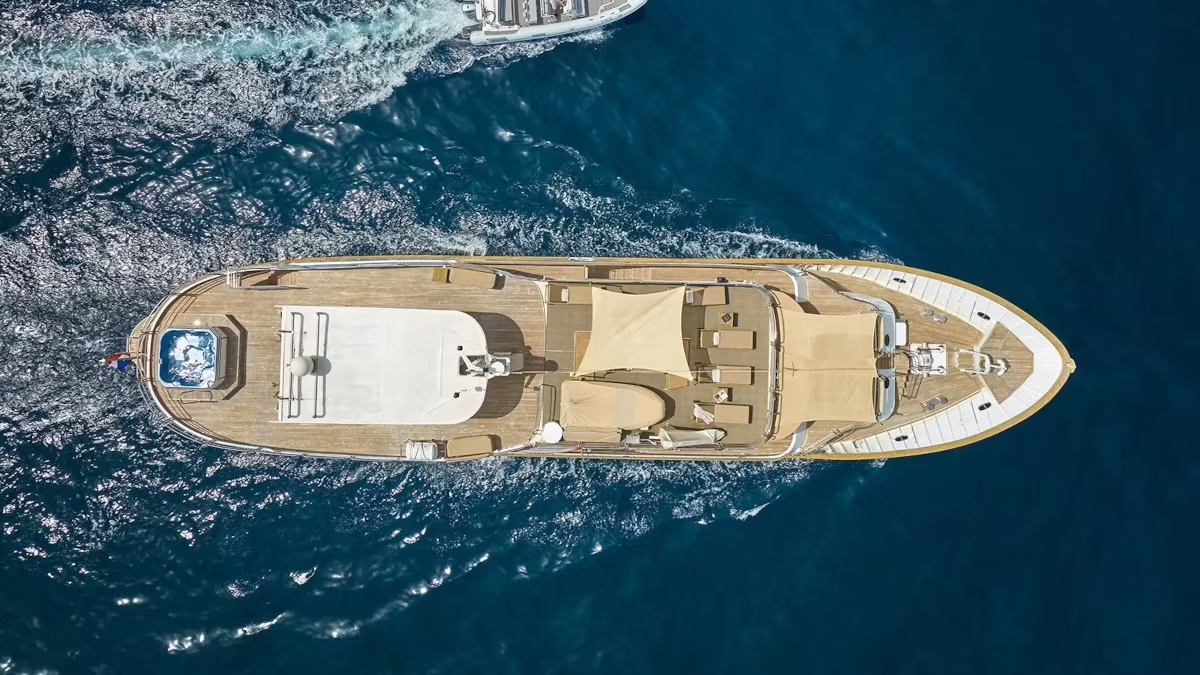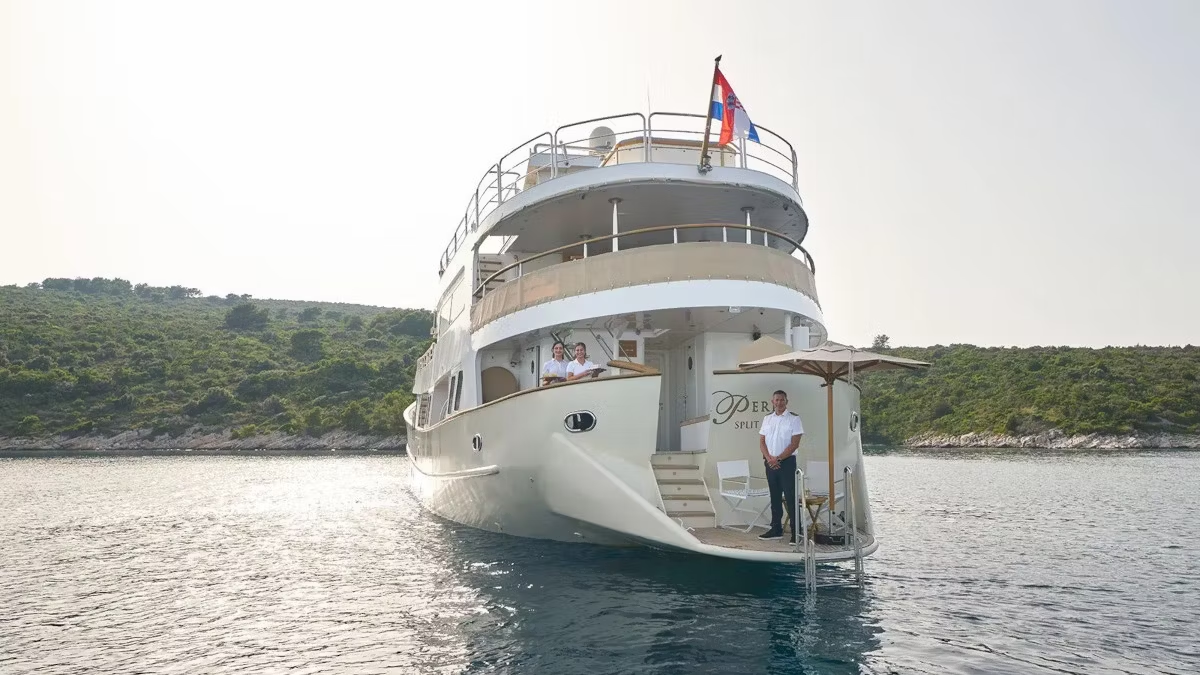
How to Capture Breathtaking Yacht Photos: Tips and Tricks
The vast ocean provides a unique and ever-transforming setting for photography, given its constantly changing light and environment. Its dynamic elements, such as the sea, sky, and weather, infuse photos taken on open waters with emotion and depth, making it an ideal subject for creative exploration and stunning visuals. Regardless of one's expertise, all photographers can take part in this unparalleled opportunity, equipped with the necessary skills, equipment, and mindset. The limitless potential for artistic interpretation is bound to yield timeless and awe-inspiring images.
Yacht owners have an array of effective techniques at their disposal to capture the perfect photo. These include timing shots during the golden hour, incorporating leading lines and reflections in the water for depth, experimenting with yacht elements for varying perspectives, and capturing the sea's movement. Post-processing methods can then be used to enhance colors, remove distractions, and highlight the vessel's splendor.
Embark On Your Photography Voyage
As you embark on your photography voyage, it is crucial to plan meticulously and fully prepare for the diverse shooting conditions you may face. Conduct thorough research on the location and predicted weather beforehand to determine the necessary photography equipment for the trip.
A wide-angle lens will allow you to capture the vast beauty of the landscapes, while a telephoto lens is ideal for focusing on distant subjects such as wildlife or intricate details along the shore. To ensure stable shots amidst boat movements, consider bringing a tripod or stabilizer for steady photography.
Essential Tips for Captivating Yacht Photography
When shooting photos on a yacht, it is crucial to safeguard your equipment from exposure to water and wind by using protection such as waterproof covers and windproof cases. Don't neglect your safety and be mindful of your surroundings while photographing.
Utilize the surrounding elements to enhance the storytelling aspect of your journey and incorporate distinctive features to capture the unique atmosphere of your experience in your photos.
Composition techniques play a crucial role in capturing stunning sea photos. One effective technique is utilizing the Rule of Thirds, where the frame is divided into nine equal sections to create a visually balanced composition. Placing the main subject along these lines or intersections enhances the overall appeal of the image.
Additionally, creating depth with leading lines, such as shorelines or waves, adds dimension to the photo and guides the viewer's gaze towards the focal point or horizon. Framing techniques involving natural elements like arches or rocks help draw attention to the main subject, making the composition dynamic and engaging.



Techniques for Capturing Depth, Motion, and Reflections on Your Boat Trip
Moreover, incorporating foreground interest elements like seashells or rocks adds depth and context to sea photos. Symmetry and reflections can be utilized to capture serene compositions, especially with mirrored reflections on calm water surfaces. By experimenting with different perspectives and vantage points, such as changing angles or viewpoints, photographers can achieve unique compositions that offer diverse scales, drama, and perspectives in their sea photography.
Embrace the dynamic nature of your boat trip by experimenting with freezing action or embracing motion in your photos. Adjust your shutter speed to capture fast-paced action or create a sense of movement in your images. A fast shutter speed can freeze splashing water as the boat moves through waves, while a slower speed can produce dreamy effects by blurring the boat's motion or capturing light streaks at night. Don't forget to play with reflections on the water to add a magical touch to your boat trip photographs. Keep an eye out for calm waters or gently rippling surfaces that create captivating patterns and mirror-like reflections. Incorporate reflections into your compositions to showcase both the subject and its mirrored image. Explore long exposures to create abstract, ethereal reflections that add a unique twist to your photos.